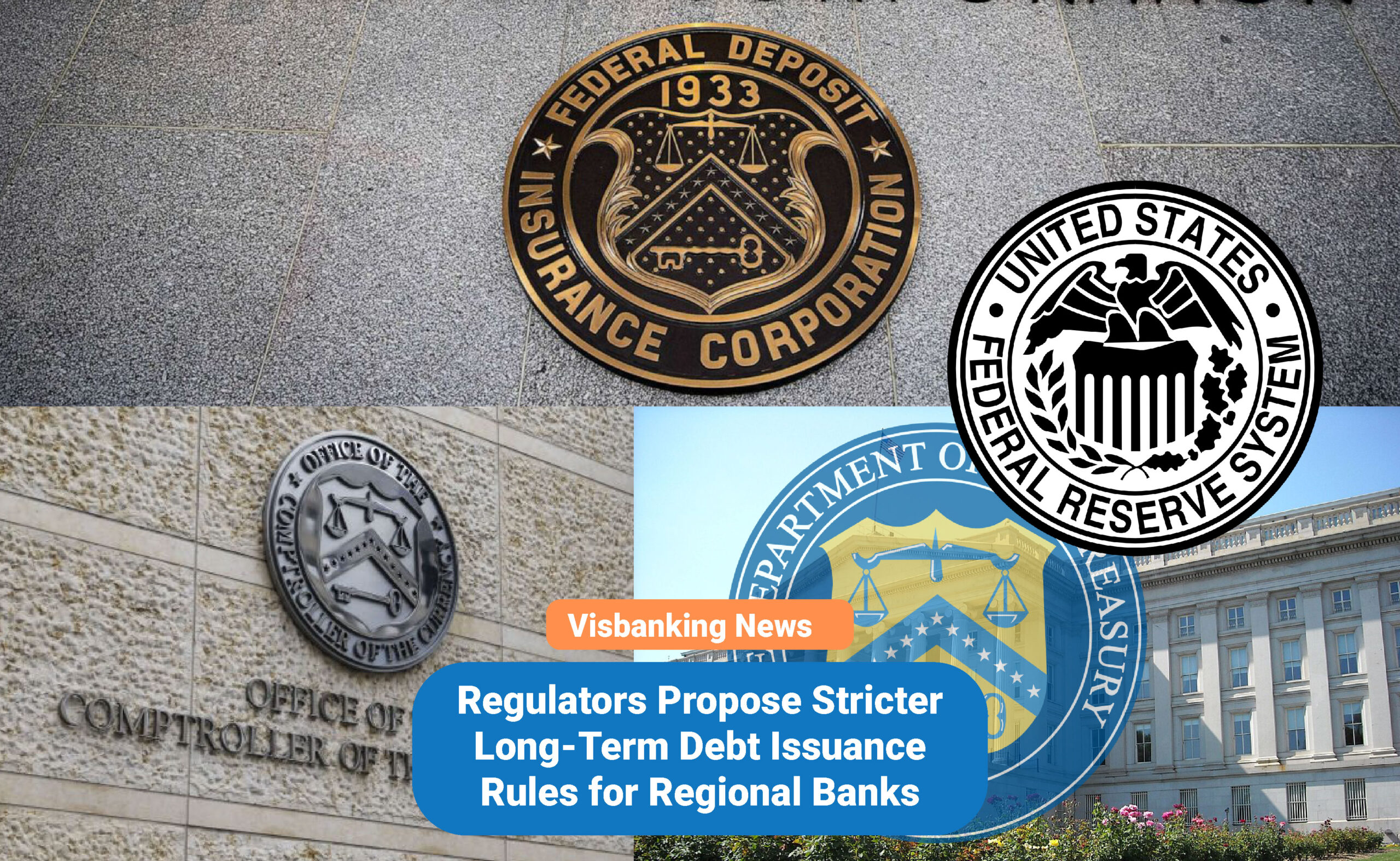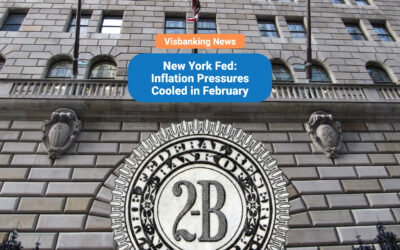U.S. regulators have issued a new proposal that would impose tougher long-term debt rules on large regional banks. The new rules would impact insured depository institutions with more than $100 billion in assets. Those IDIs would be required to issue more long-term debt as part of an effort to ensure that they could absorb losses in the event of a bank crisis.
Why propose the long-term debt rule change?
Four regulatory bodies published the joint notice: the Federal Deposit Insurance Corporation (FDIC), the Treasury Department, the Federal Reserve, and the Office of the Comptroller of the Currency. In that notice, the agencies suggested that the policy change could provide several benefits:
“The proposal would reduce the costs to the Deposit Insurance Fund by reducing the risk of loss to depositors, and may decrease the likelihood and speed of deposit withdrawals by uninsured depositors in the event of stress, which would mitigate financial stability and contagion risks.”
The rule changes come on the heels of the banking crisis earlier in 2023. That crisis saw the closing of several banks, including Silicon Valley Bank. Federal agencies stepped in to rescue depositors during that crisis, draining billions from the Deposit Insurance Fund. That has led to new fees for larger banks, to refill that fund.
Leveling the playing field?
Some have already noted that the new rules would ensure that these banks follow long-term debt rules that are more in line with larger Wall Street firms. If successful, any future failed midsize bank would have an added capital layer to absorb losses. Regulators believe this will ensure that uninsured investors are protected against losses.
Regulators have admitted that the new long-term debt rules will increase funding costs for those regional banks. However, the proposal gives the banks three years to fully comply with the new rules. According to those policymakers, the affected banks already maintain about 75% of the debt needed to comply with the proposal.




